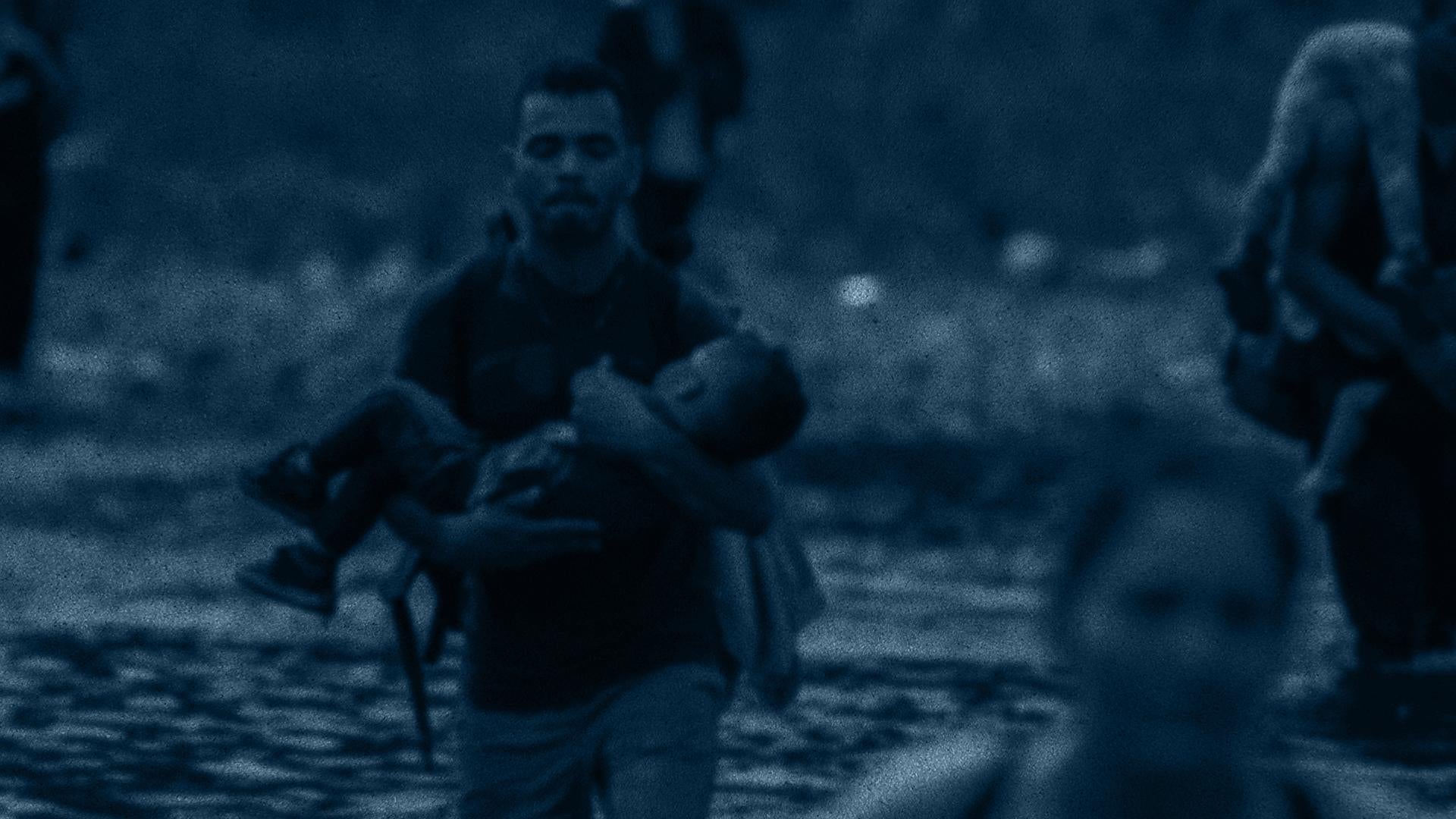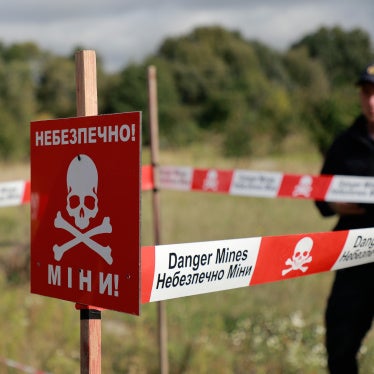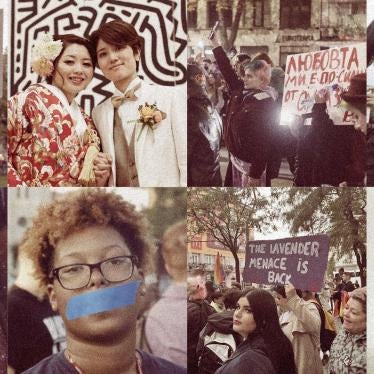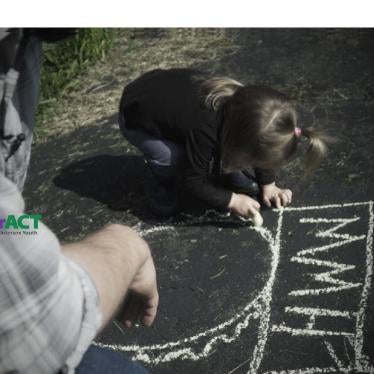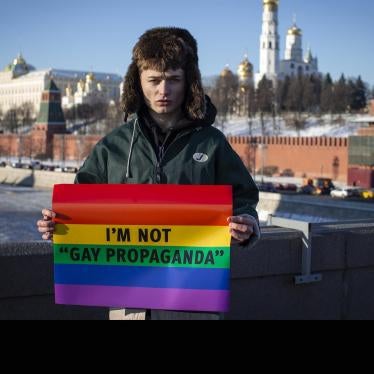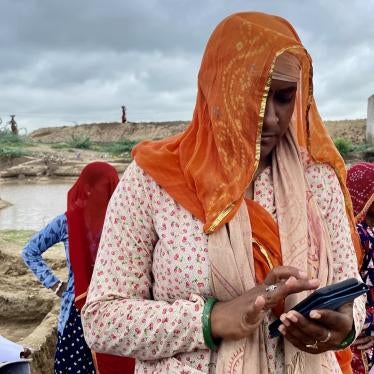Thank you for the floor, Mr. Chair.
We did not intervene this morning on the topic of Transparency, so would like to make a few brief remarks now, before turning to The Way Ahead.
Greater transparency is always a laudable goal, but the key message is that greater transparency in and of itself is not nearly enough to address the plethora of concerns raised by fully autonomous weapons systems. We support greater transparency at the national level, and could also support greater transparency through some new multilateral mechanism.
There certainly is a need for greater transparency in a number of areas, such as national positions, including views on a preemptive prohibition and the concept of meaningful human control, as well as national research and development activities. We also suggest that it would be useful to have greater transparency on what we call the precursors to fully autonomous weapons systems. These are the existing systems that have a high degree of autonomy, and it would be desirable for states to elaborate on the nature of that autonomy, the way in which they maintain meaningful human control over targeting and kill decisions, and how they differ from fully autonomous weapons systems.
Again, while greater transparency along these lines would be an important step forward, on its own, it is not a sufficient response to the dangers of fully autonomous weapons.
Turning now to the way ahead. First, it is important to note that the way ahead does not only entail action in the CCW. Much work is needed at the national level to develop formal policies on fully autonomous weapons; very few have such policies in place to date. We also believe that parallel discussions in the Human Rights Council should continue. Work in other fora could be helpful as well, as we strive to raise greater awareness and understanding of the wide range of issues related to fully autonomous weapons.
But the Convention on Conventional Weapons is clearly the proper focus at this time for multilateral efforts on fully autonomous weapons. We are pleased that there is consensus that CCW work on this should continue next year. During this week, not a single state has suggested otherwise, and many have stressed the importance of pushing forward. The crucial unresolved matters of course are the nature of the work going forward (formal or informal), the content of a future mandate (areas of focus), and the amount of time to devote (one week again, or additional time).
As CCW states parties consider these matters, which must be agreed at the annual meeting in November, we implore you: don’t go slow and don’t aim low. That approach has been the downfall of the CCW too many times in the past. This time, be ambitious, and act with the urgency that the issue demands, as technology races forward.
The German delegation earlier stated that states parties must take care not to be surprised, and must not allow themselves to be overtaken by technological developments. These are good precautions, but it can easily be argued that the technology is already far out in front of the diplomacy on fully autonomous weapons, and that diplomats and politicians have a lot of catching up to do.
With that in mind, we believe that the following steps are the necessary and appropriate way forward. States should in November of this year agree to establish a formal Group of Governmental Experts (GGE). This should be an open-ended GGE with broad participation and not a small or select group of states working in isolation. A formal GGE is needed to advance the CCW’s work to a new level, to demonstrate progress, and most important to emphasize that the work is outcome-oriented and that the CCW is not just a discussion forum.
The GGE’s work should be undertaken with a view to future negotiation of a new legally-binding Protocol VI on fully autonomous weapons—a protocol that preemptively bans the weapons, just as Protocol IV preemptively banned blinding laser weapons.
The GGE should meet for a total of three to four weeks of work. In the past, it has only been when states parties have devoted that much time in a single year to an issue that progress has been made; with lesser time, the CCW wheels tend to spin around and around, without gaining much traction.
In addition to establishing an open-ended GGE with three to four weeks of work undertaken with a view to future negotiations, the mandate that states parties agree to in November should instruct the GGE to focus on a number of areas. First and foremost should be the proposal for a preemptive prohibition and the concept of meaningful human control over targeting and attack decisions.
A mandate that focuses solely on transparency and legal weapons reviews, as a small number of states have suggested, would not be sufficient, though they could be useful elements of a broader mandate.
We also urge that the GGE continue to give prominence to ethical and moral concerns, international security concerns (including proliferation, arms races, and global instability), and legal concerns—under both International Humanitarian Law and International Human Rights Law. The Martens Clause should also be a key consideration, as we believe there is already considerable evidence that fully autonomous weapons run counter to the dictates of public conscience and the principles of humanity.
The GGE’s work throughout 2016 should lead to an agreement at the Fifth Review Conference in late 2016 to begin formal negotiations on a new protocol. Those negotiations should be concluded within one or two years, culminating in Protocol VI, comprehensively prohibiting the development, production, and use of fully autonomous weapon systems.
This would without question be the CCW’s greatest achievement by far. It would have the most far-reaching and positive impact, both on how wars are fought and on ensuring the protection of civilians. We urge you to act with vision and boldness, and meet this unprecedented challenge.
Thank you.
